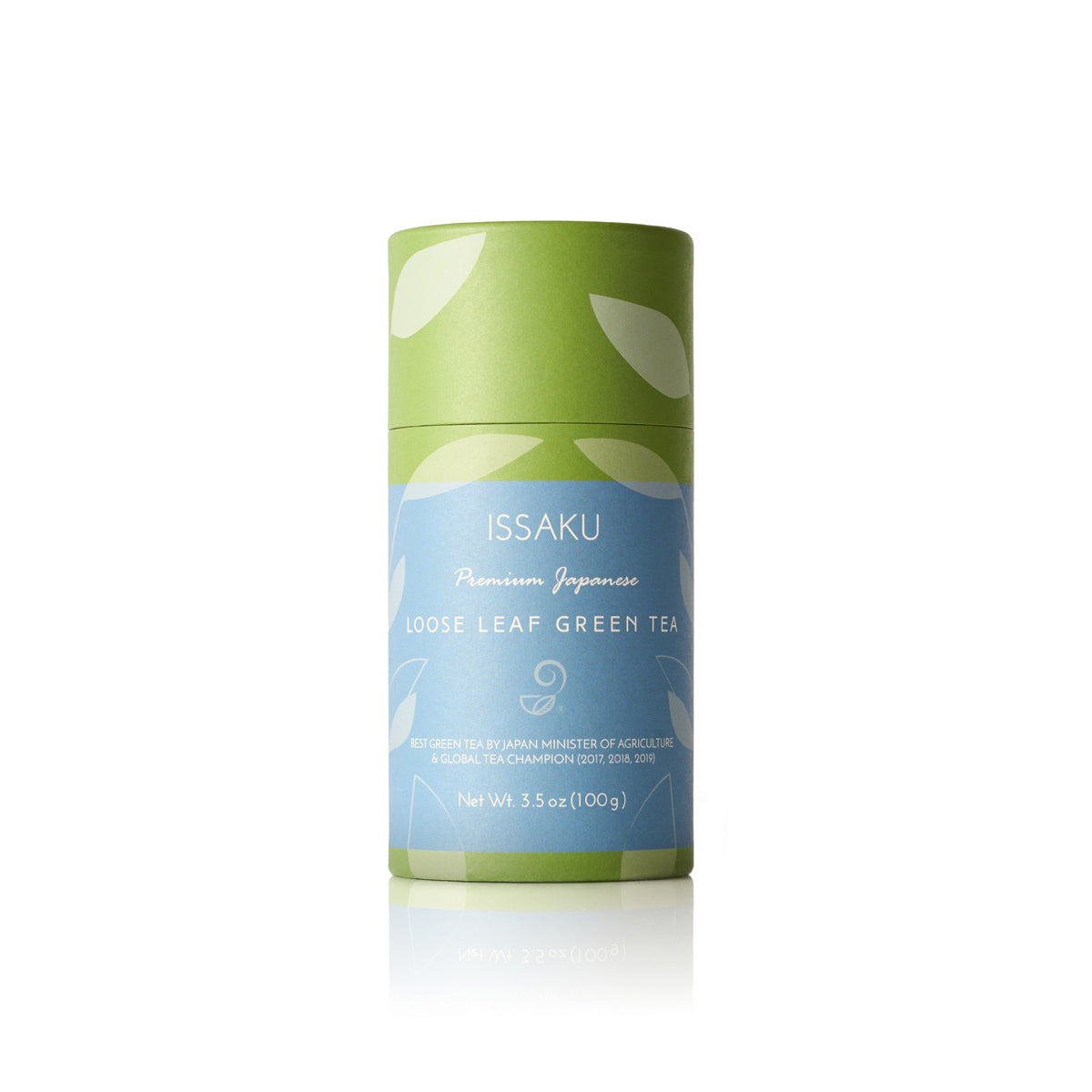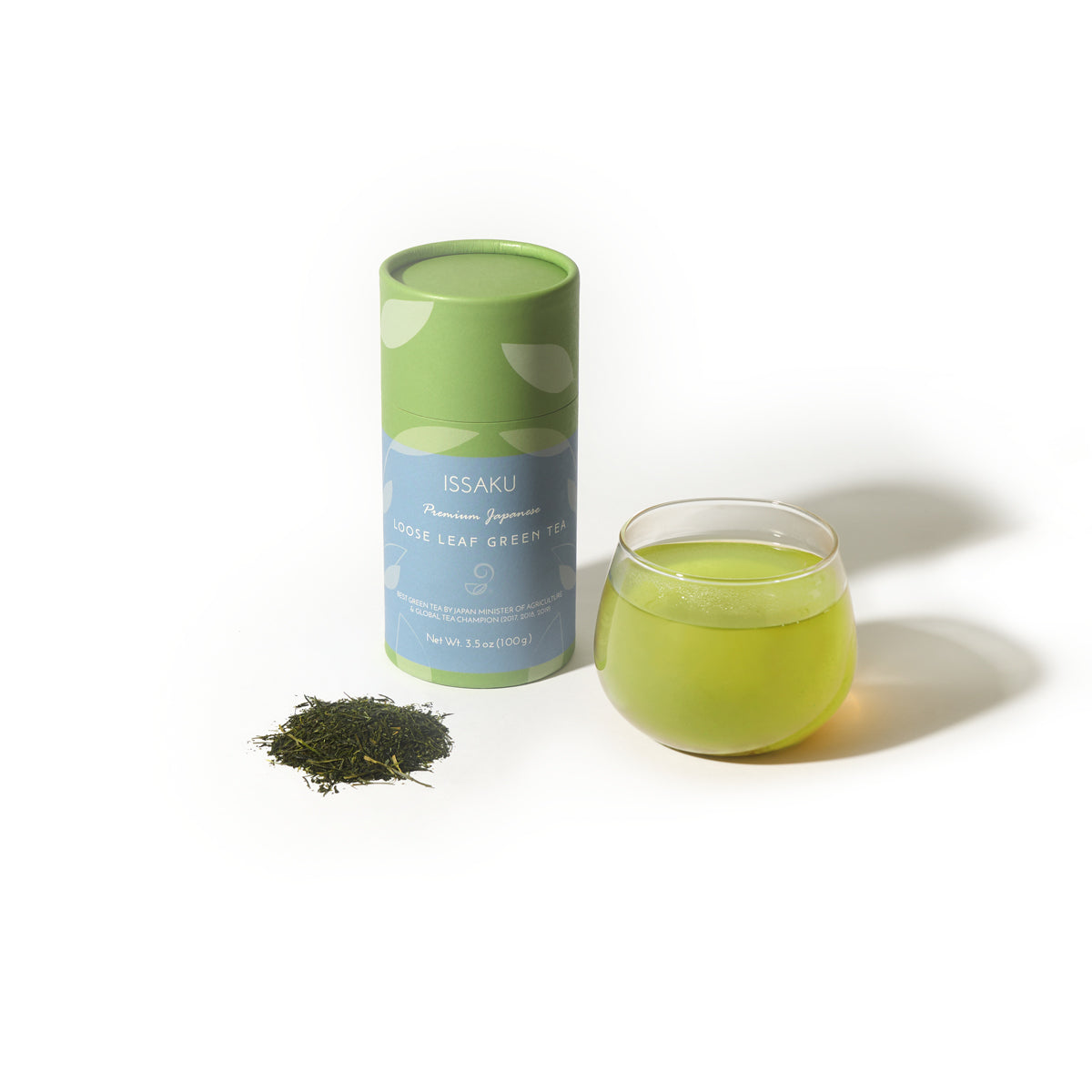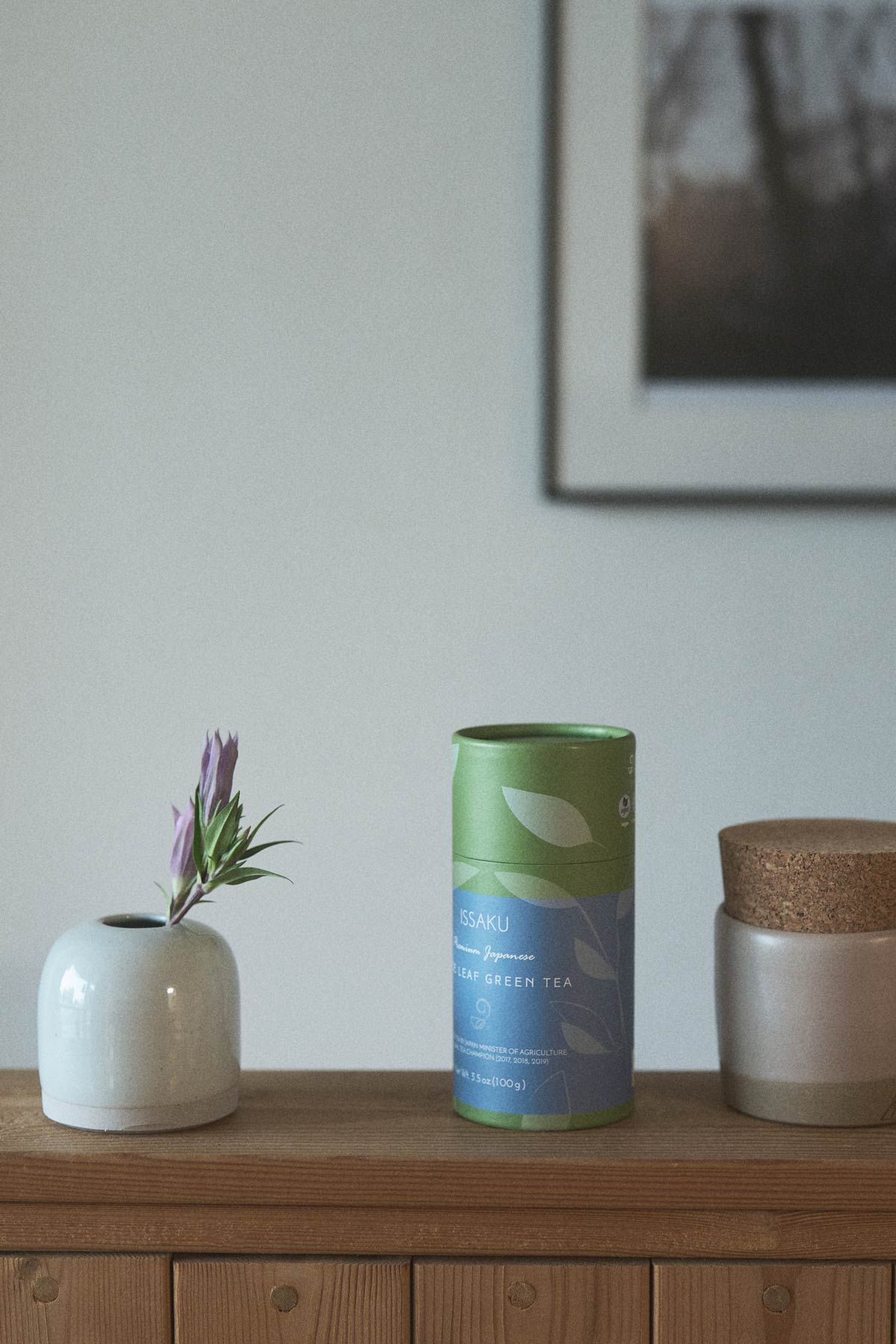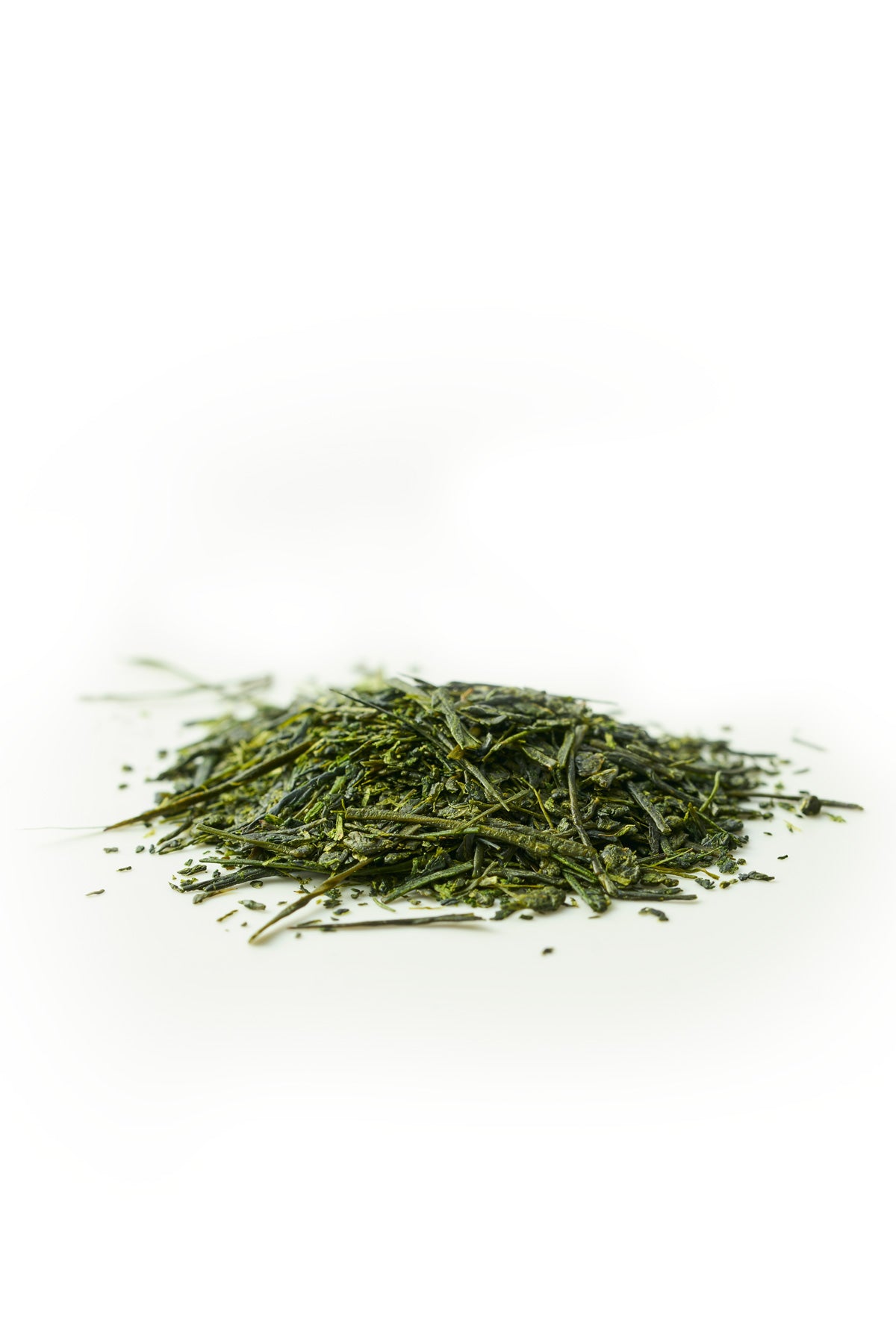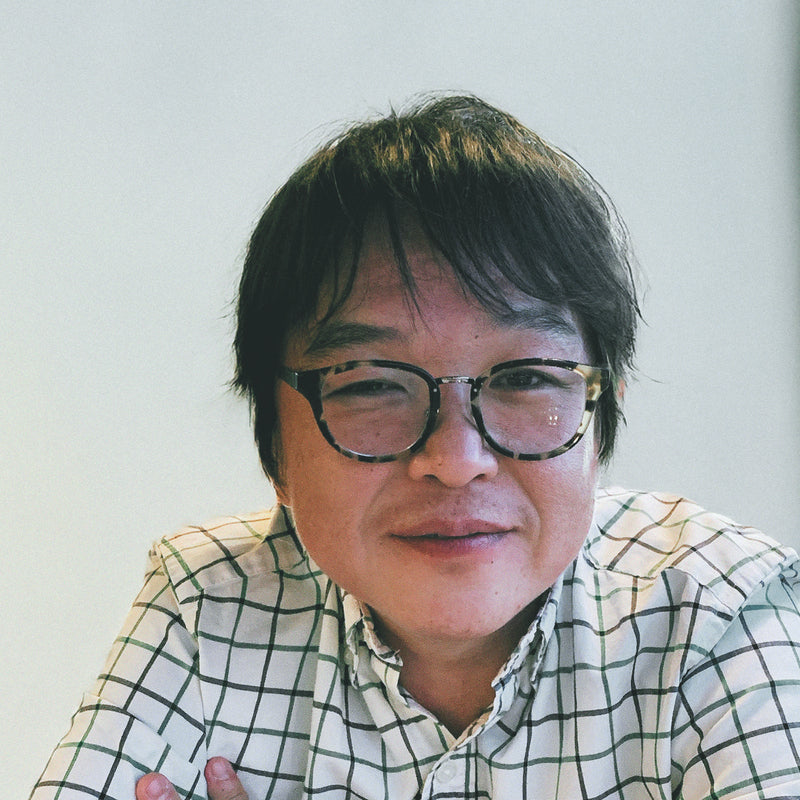
While most of Japan goes on holiday to enjoy spring festivals and travel during Golden Week, a different kind of energy buzzes across the country's tea fields. The tea farmers aren’t at rest —they’re racing the clock to harvest the most prized leaves of the year: Shincha (新茶), or “new tea.”
The activities in this holiday season and the tea harvest make Golden Week one of the most special times for Japan’s tea industry.

What Is Golden Week?
Golden Week (黄金週間 / Ōgon Shūkan) is a series of national holidays in Japan, usually from late April to early May:
April 29 is Showa Day, May 3 is Constitution Day, May 4 is Greenery Day, and May 5 is Children's Day. In some countries, if a holiday falls on Sunday, the observance will be on Monday, since Sunday is already a weekly holiday for most people.
- Showa Day (April 29): a day to memorialize the birthday of Emperor Showa
- Constitution Day (May 3): a day to be remembered as the day the drafted post-WW2 constitution became law.
- Greenery Day (May 4): a day to show deep appreciation to nature and the environment.
- Children's Day (May 5): features Koinobori, carp streamers, or carp-designed windsocks, carps swimming upstream representing a promising future for all children to grow up healthy and strong.
With substitute holidays, the week often stretches to 7–10 days — making it Japan's longest holiday season. While cities empty and trains overflow with travelers, tea farmers head to the fields.

Why Are Tea Farmers Working During Golden Week?
Golden Week coincides with Ichibancha (一番茶) — the first flush of tea leaves, which is considered the highest quality of the year.
This period marks the harvest of Shincha, or new tea, known for its
- sweet umami flavor
- vivid green color
- and high levels of L-theanine, which promotes calmness and focus.

Tea farmers can't afford to take a break because tea leaves are most tender after the winter dormancy, making this the perfect moment for harvesting. Winter dormancy happens from December to January. Tea plants during this season do not produce new leaves; this is the season for them to rest and store necessary nutrients. Therefore, not being able to pick the leaves during Golden Week can reduce the quality and value of the tea leaves.

Notice on a tea company`s website during the Shincha sesaon...
Seasonal Tea Harvests in Japan
Each season affects soil condition, how plants receive their required nutrients; hence, the quality of tea leaves as a result.
April to May is Ichibancha (First tea), sometimes called Shincha, meaning new(新) and tea(茶), naturally making the tea leaves are new and fresh. These are naturally processed into the highest-grade green teas, mostly into Sencha and Matcha. These new tea leaves contain the most nutrients, including L-theanine, an amino acid that helps in relaxation and calmness. This season, the final tea product has more umami, low astringency or grass-like taste, and a vibrant color.
June to July is harvest season for Nibancha (Second tea). Some places, particularly in the Southern part of Japan have Sanbancha (Third tea), Shuutoubancha, or Akibancha, usually harvested around July to September.
September to October/November marks the harvest season for Yonbancha (Fourth tea). Throughout this season, tea leaves mature and grow tougher, making it more bitter with an earthy, caramel, smoky aroma. These are often processed into Hojicha and Genmaicha.

What is Going on the Farmers' Golden Week
Here’s what’s happening at tea farms during this busy season:
1. Harvesting
- Premium teas like Gyokuro or high-grade Sencha are usually hand-picked
- Harvesting machines trim the tea plants for efficiency in large farms.
- Work usually starts at sunrise when cool air helps preserve leaf quality.
2. Sorting & Transport
- To prevent oxidation, these hand-picked leaves are immediately sorted.
- They are then transported in baskets to the processing facility for steam cooking.
3. Steaming (殺青 / Sassé)
- Leaves are steamed within hours to lock in freshness and stop oxidation.
- This steaming work keeps the tea's signature color and umami intact.
4. Rolling & Drying
- Leaves are rolled to break and release aroma.
- Carefully dried and shaped, often into needle-like forms (for Sencha).
5. Grading & Shipping
- Tea is graded by color, aroma, and size.
- Some are blended, and others are sold as single-origin Shincha.
- Many farms ship within 24–48 hours of harvest to guarantee freshness.
Fun Fact: Numerous tea enthusiasts place their orders for Shincha several months ahead of time to ensure they receive the year's freshest green tea.


The Magic of the 88th Night (八十八夜)
Traditionally, the ideal time to pick Shincha is the 88th night after Risshun (the first day of spring)—usually May 1st or 2nd.
- Tea picked on this day is thought to bring good health and fortune.
- Some teas are labeled “88th Night Shincha” and are considered especially lucky and flavorful.

Farm Traditions During Golden Week
Though they are hardworking, some tea farmers celebrate
- Evening family meals or barbecues after harvesting
- They share their first brews of Shincha with workers and people in their neighborhood
- They offer fresh tea to local shrines as a gratitude for a good harvest.
Traditional Tea-Picking Attire
Tea pickers in some tea-growing regions, especially the popular ones, pick the leaves wearing cotton-dyed indigo, straw hats for protection against the sun's harmful rays, and vibrant red aprons or sahes. These nostalgic uniforms are part of the cultural identity of Japan's tea-growing regions.

A Delicate, High-Stakes Season
For many farms, Ichibancha brings in 40–50% of annual revenue. However, with such high stakes, it's also risky as they are always prone to the following:
• Rain or frost ruining the harvest overnight
• Labor shortages during national holidays naturally lead to increased labor
• Farmers describe the season as "racing against the clouds”
One bad weather day can cost an entire year of planning.

Nature Helps, Too
In order to keep the harvest during Ichibancha cleaner and tastier, the farmers use natural pollinators and beneficial insects such as bees, ladybugs, and birds to produce organic teas.

Visiting a Tea Farm During Golden Week
Some tea farms are providing tours even on some days during Golden Week. The tour usually starts at 9 am and ends at 1 pm, a total for four hours of activities.
• Visitors are able to pick tea leaves by hand
• learn about steaming and rolling
• tasting Shincha brewed on the spot and being able to take the tea home.
It’s a peaceful, educational experience—perfect for escaping the crowds.

Uji in Kyoto, Kagoshima in Kyushu, and Shizuoka are the most popular green tea regions. They offer tours and tea-tasting with wagashi, or Japanese sweet treats, that can be booked via tour reservations, local city websites, or online green tea shops. Booking a tea tour in Shizuoka is recommended, as you might see the majestic Mt. Fuji there as well. Tea tours in any of these three places are worth visiting, but it will be best to check the legitimacy and reviews before purchasing the tea tour or green tea-making experience.

Try Green Tea, Sakura, and Matcha Treats
Sakura or Cherry Blossom Season is still on during Golden Week. Tea companies and shops advertise green tea through social media, radio, TV, and print ads; however, what makes advertising different during this special week is promoting Sakura products and gaining more green tea sales with this push from the blossoming season. There are many Sakura-themed products, especially in the food category. A recommended green tea combination is Sakura and green tea to taste the fruity blend with beautiful Sakura petals.
Final Thoughts
Golden Week is the time for relaxation for many, but for the tea farmers, it is their time of tradition and craftsmanship. Behind every cup of Shincha lies early mornings, skilled hands, and generations of love and care for green tea.
When you sip a cup of fresh Japanese green tea during Spring, remember that it is not just a tea, it's Golden Week in a cup.


Get Free Bonus Books

Sign up for free to the Green Tea Club to get advice and exclusive articles about how to choose Japanese Tea, and tips, tricks, and recipes for enjoying Japanese tea.
About the author
Kei Nishida
Author, CEO Dream of Japan
Certification: PMP, BS in Computer Science
Education: Western Washington University
Kei Nishida is a passionate Japanese green tea connoisseur, writer, and the founder and CEO of Japanese Green Tea Co., a Dream of Japan Company.
Driven by a deep desire to share the rich flavors of his homeland, he established the only company that sources premium tea grown in nutrient-rich sugarcane soil—earning multiple Global Tea Champion awards.
Expanding his mission of introducing Japan’s finest to the world, Kei pioneered the launch of the first-ever Sumiyaki charcoal-roasted coffee through Japanese Coffee Co. He also brought the artistry of traditional Japanese craftsmanship to the global market by making katana-style handmade knives—crafted by a renowned katana maker—available outside Japan for the first time through Japanese Knife Co.
Kei’s journey continues as he uncovers and shares Japan’s hidden treasures with the world.
Learn more about Kei

